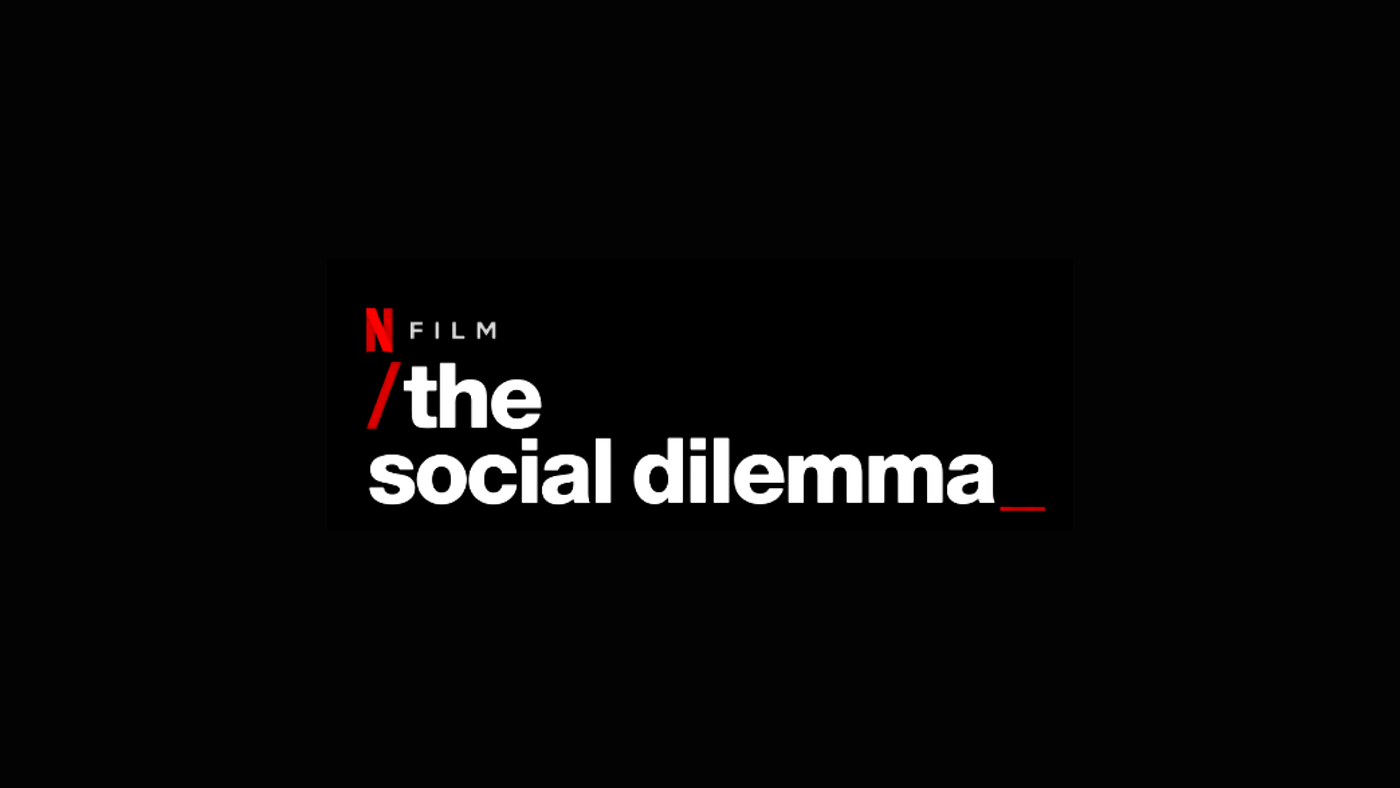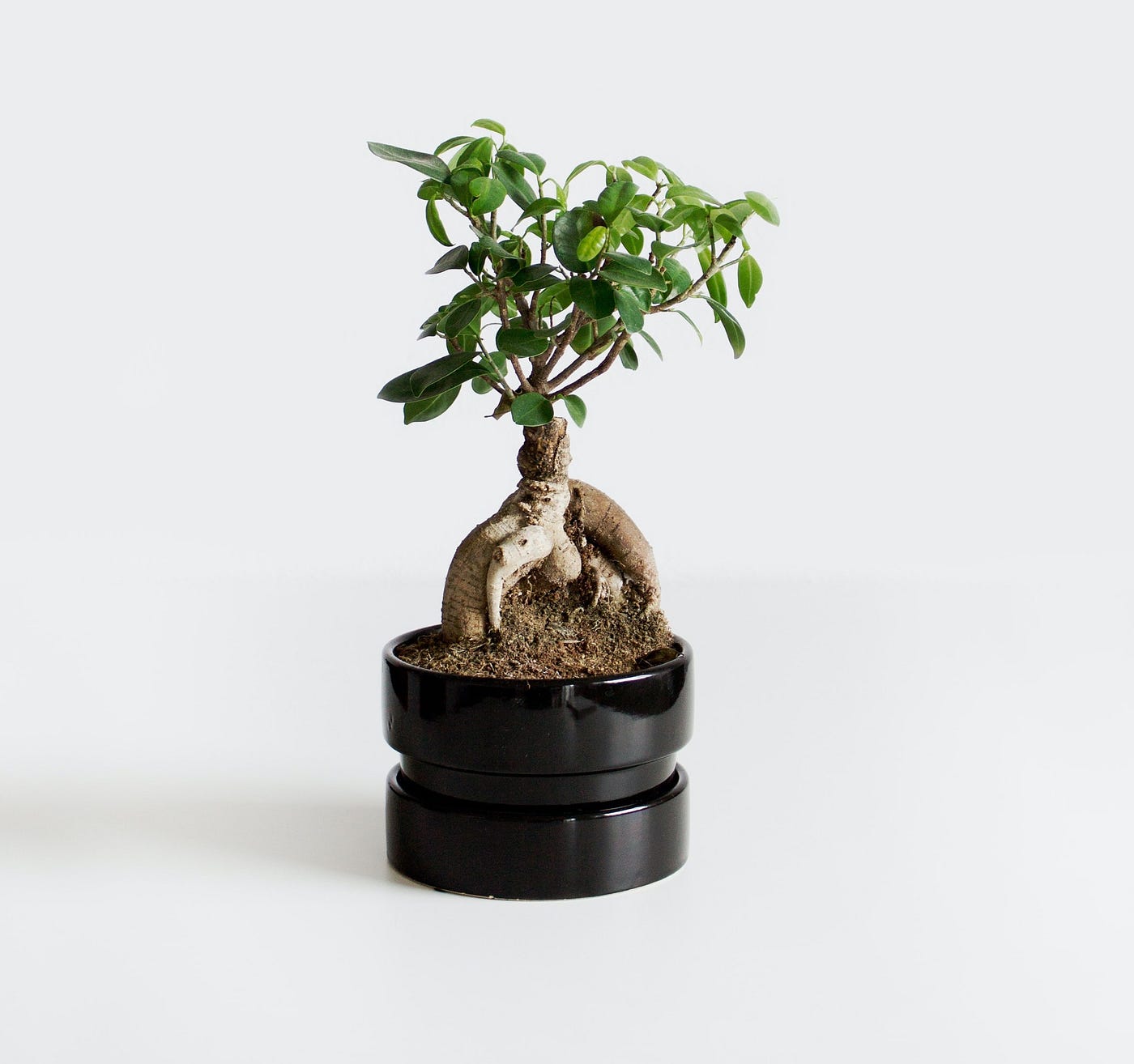Designing for Engagement. Or not?
Designing for engagement is an important ingredient in creating great companies and great products. We see companies like Airbnb and Nike, where long-term, brand-led efforts have led to customer loyalty. We also see products like Instagram and its ability to bring people back to the app and glue them to their phone screens. These are great examples where designing for engagement plays a crucial role. But what is designing for engagement all about?
We recently sat down with our design advisor, Joshua Goldenberg, to chat about what designing for engagement actually involves and to build more clarity around the concept for ourselves, as designers at Productboard.
Joshua has bags of experience and has led teams such as Palantir, Slack, and now Loom. We covered what engagement is, and we went over some practical approaches when thinking about designing for it.
Having a conversation with somebody with this experience reinforced our way of thinking about the topic and solidified what’s important for us. The points we agreed on resonated so much that we decided to share our stance with the broad community of product makers.
So what is engagement?
‘Engagement’ is thrown around so much in the product design industry that it can sometimes seem like a buzzword. And as with all buzzwords, their meaning can get lost among the hype. So what does engagement actually mean?
In truth, it can mean different things to different people. As Joshua describes it from his own experience, the way most of the industry thinks about the engagement is by spending more time on your product. So more clicks or taps, more shares, and more downloads. But these are not examples of engagement per se. Rather, they are interactions, also used as proxy metrics, that serve as evidence of behaviors that can indicate engagement.
In some cases, the goal is to make you feel you’re part of a unique collective of users. Companies that want to achieve this rely on the concept of creating strong social proof, thus increasing their chances of having engaged users.
Other companies design their products around a single core activity that makes you engage with another person in real life — think booking a place via Airbnb or summoning a car via Uber — and humanizes the connection that wouldn’t happen otherwise. The engagement is driven by real-world needs.
Another example is integration and customization. A product can be tweaked to one’s unique needs, meaning the person doesn’t have the slightest reason to seek out a competing product.
These are all examples where companies follow a strategy of designing for engagement, yet the strategy yields different experiences and motions for increasing engagement.
If you compare Instagram and Airbnb, you’re likely attracted to these products for very different reasons. While Airbnb might rely on a great experience from your stay and positive human interactions with hosts, Instagram might focus on giving you the ability to express yourself, stay in touch with people and things that interest you, and bring you back to the app by serving you more of what you enjoy. These products have to have different approaches to designing for engagement because the ways to increase it are very different.
And now it starts becoming clear that engagement is not an esoteric term. It is something very common, and it happens all around us.
Types of engagement
To offer even more clarity to this blurry concept, I’ll borrow a description from The shape of Engagement, by Scott Gould.
There are typically three ways that highly engaging products engage users. The first is mental engagement — do people know our product and understand what it does? To increase this type of engagement, it’s important to build a strong brand and personality to show who we are and what we stand for.
The second is physical engagement. As Scott puts it: “We might think that digital technology isn’t physical, but that’s not the case. Anything visual is experienced physically, so we can make the app visually rich through animations, graceful design, consistent use of color, and other visual delights.” The way to increase this type of engagement is to encourage users to finish workflows within your product, create something new, share it, and even invite others to be part of it.
The third is emotional engagement. Emotions are involved in every step of using, or not using, a given product. But this type of engagement explicitly describes the emotion of affection — that state when a user has bonded with a product. That product likely empowers the user, giving them not only benefits but a sense of purpose, fulfillment, and identification as well.
For me, as a product designer, emotional engagement is the one I’m most interested in increasing, followed by what Scott describes as physical engagement. And in Productboard’s case, mental engagement is usually owned by Growth designers.
Engagement through effectiveness and genuine value
There are growth strategies and hacks that can make users spend more time using a product or website. A recent documentary by Netflix, The Social Dilemma, explores the negative impact of social-networking and casts light on the real motivations of a few big tech companies. Some of the strategies and methods use dark patterns created by makers who have self-serving motivations rather than a desire to improve people’s lives.

That said, there are humane and ethical ways to design for engagement. One way is to realize that it’s not necessary to engage people unless they really need to be engaged. If you can help people do their jobs better, or any task in their personal life, that’s generally an uplifting and productive way of designing a product or service.
As Joshua pointed out, it was never a goal (while at Slack or Loom) to make users spend more time on their product. The goal was to make them more effective at their work. Thus, engagement didn’t seem like the right word to use for them. It was primarily about effectiveness. This is a perspective that we share with the Design team at Productboard and is embedded in the way we work.
We should always be spending our time doing things in the service of customers, not in the service of ourselves. The desire to increase engagement should not lead to strategies that benefit us, the software makers, as opposed to users. It’s our belief that the right motivation to increase engagement is through creating genuine value for our customers.
Effectiveness and habit-building
With complex digital products like Productboard, effectiveness and value is sometimes built over time and not during the first two encounters. So increasing engagement isn’t about blindly leveraging mechanisms that bring customers back to increase usage, but it can be done by making users effective. If you’re interested in designing for habit-building, a great source of learning is Nir Eyal’s book Hooked: How to Build Habit-Forming Products.
Habit-building can be a great guiding principle if you’re truly convinced that multi-day activity brings long-term value for users and is not just a way to display more ads (or anything similar).

The following thoughts solidified after talking to Joshua. We consider them to be great practical tips and guiding principles for our daily work:
- People shouldn’t have to remember that there’s an activity/task in your product they should come back to. Your product should address a real need that customers have. Ideally, they’ll come back automatically.
- Make it useful, valuable, easy to use, and delightful enough that people want to come back to it and repeat whatever they did.
- The design philosophy has to be inclusive of the things that notify customers and bring them back to the product or workflow. A genuinely smart and useful notification system can be a tool to bring users back.
- If you leave a specific activity as an open flow with all its complexity exposed, you’ll likely lose the beginners. Disclose the complexity progressively.
- Think about how the experience can evolve over time for a user. You can introduce new elements in the UI based on different variables over time. Start simple.
- If you’re asking users to do repetitive work, you should also be asking yourself what technology can do to automate that process. What’s the essential activity that users have to willingly set time aside for and perform?
Designing for habit-building is a very difficult task. If your product offers long-term value as opposed to instant gratification, there are a few chances you get to communicate it to users.
Onboarding is arguably a great way to tell someone a story about your product. However, it offers only so much surface area or mental space to tell users what they need to hear. But that’s not the only chance you get to communicate the possible long-term value.
Makers leverage various channels to close a feedback loop (in this case, a value loop), such as email, notifications, follow-up screens, etc. All you’ll need is to find the right moments, the “Aha” moments, that you want users to come back to and experience. Do this, and they’re likely to recognize value, stick with your product, and keep using it. It’s easier said than done, and it’s usually the job of the whole organization to listen for signals that might indicate these moments.
To close with an example: Loom, the video messaging app, defines the “First video viewed by somebody else” as their users’ “Aha” moment. It’s a chain of important events that leads users to understand how it all works and how effective it really is. It’s the moment where they see the genuine value in using the app. The team recognized this and purposefully tries to lead people to that moment and experience it.
Conclusion
Engagement happens all around us. At Productboard, it’s our vision to help others create great products — products that matter. The way we think about the engagement isn’t centered around usage metrics and keeping people inside of our product as long as possible.
People have jobs, and we help them do those jobs better and more effectively. If we can do that, engagement increases. It might be through a habit users build, or it might be because they get genuine value out of our product. That’s what we’re all after, and that’s what we stand for.







